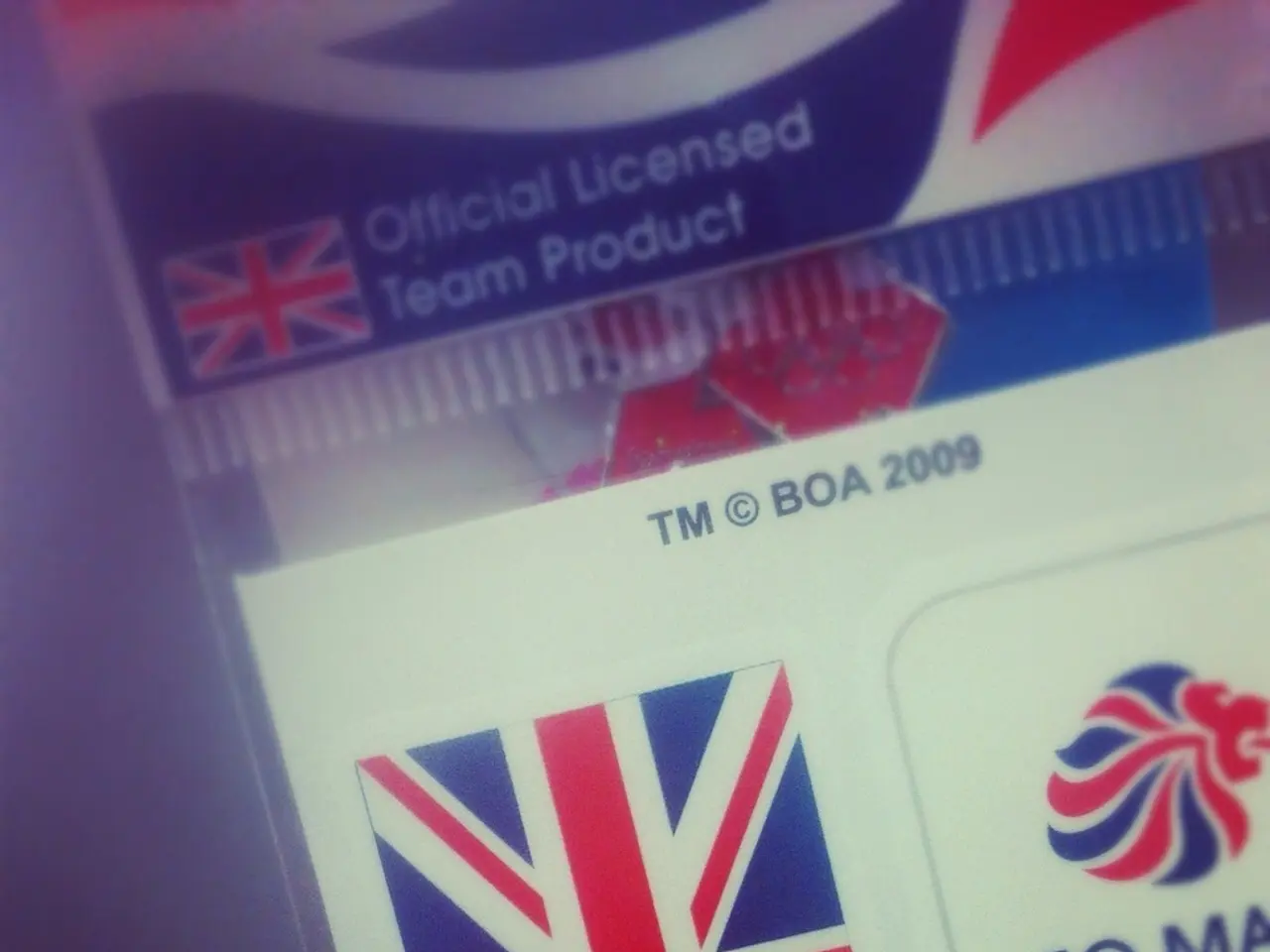List of HMRC Tax Codes and Their Definitions:
A third of adults in the UK have never checked their tax codes, according to a poll by wealth manager Killik & Co in 2024. This oversight could mean they are paying more tax than necessary.
Tax codes, found on essential documents like payslips and pension statements, are crucial for understanding how much tax you are paying to the government. Despite their significance, many individuals are unaware of their tax codes, which could lead to potential mistakes.
The new tax year offers an excellent opportunity to review your tax code and ensure it's accurate. Sarah Coles, head of personal finance at Hargreaves Lansdown, advises checking your tax code at the beginning of the year to avoid complications later. Although HMRC will eventually correct mistakes, the delay may result in significant underpayment or overpayment, causing cash flow issues.
If you own a business, it's essential to check your balance of salary and dividends to make the most of your personal allowance and lower tax rates on dividends, as per Rachael Griffin, tax and financial planning expert at Quilter.
Understanding what tax codes are and their implications is crucial for individuals. A tax code is essentially a note from HMRC explaining how much tax you should pay monthly between April and March, based on your income tax. It usually includes numbers that reflect your tax-free allowance and any eligible reliefs but may also refer to your tax band.
Tax codes can become complex when employment circumstances change, leading to potential errors. Coles suggests that individuals who have changed jobs, have multiple jobs, or have recently retired must pay particular attention to their tax codes. If you're self-employed, you won't have a tax code, and instead, you'll have to file a self-assessment tax return annually.
Tax code letters can provide insights into your tax status. Common letters include 'L' for receiving the standard tax-free personal allowance (currently £12,570), 'BR' for all income being taxed at the basic rate, and 'D0' for income being taxed at the higher rate. In Scotland, income tax can be set differently, leading to different codes such as 'S' for tax being levied using Scottish rates.
If you believe your tax code is incorrect, contact HMRC online, by phone (0300 200 3300 or +44 135 535 9022 if outside the UK), or by post. Regularly checking your tax code and promptly addressing any discrepancies can help prevent underpayment or overpayment of taxes, thus preventing unexpected tax bills or missed refunds.
Double-checking your tax code is essential for ensuring accuracy in personal finance, as it determines the amount of tax you pay monthly. If you're not careful, you might miss out on potential dividends or personal allowance benefits, or even face cash flow issues due to underpayment or overpayment. To understand your tax code, familiarize yourself with tax code letters like 'L' for the standard personal allowance, 'BR' for basic rate tax, 'D0' for higher rate tax, or 'S' for Scottish rates.
Monitoring your balance of salary and dividends is crucial for business owners, as doing so allows them to optimize their personal allowance and lower tax rates on dividends. Additionally, being aware of your personal finance, including pensions, is crucial for individuals, as the tax code is a critical component of personal-finance management.




